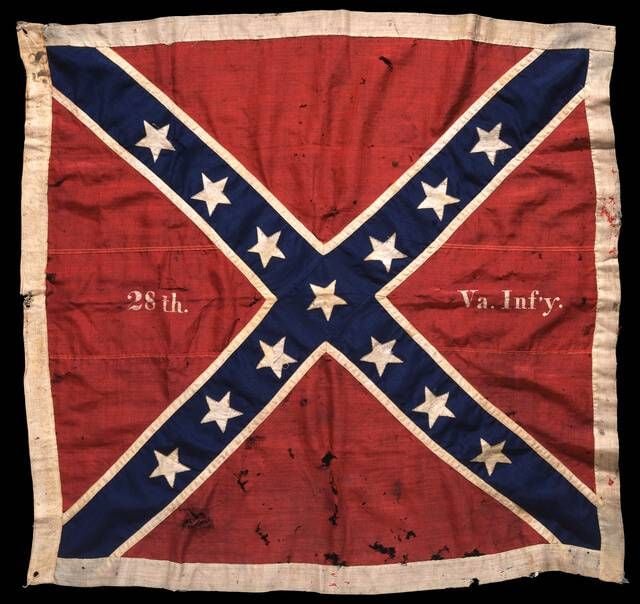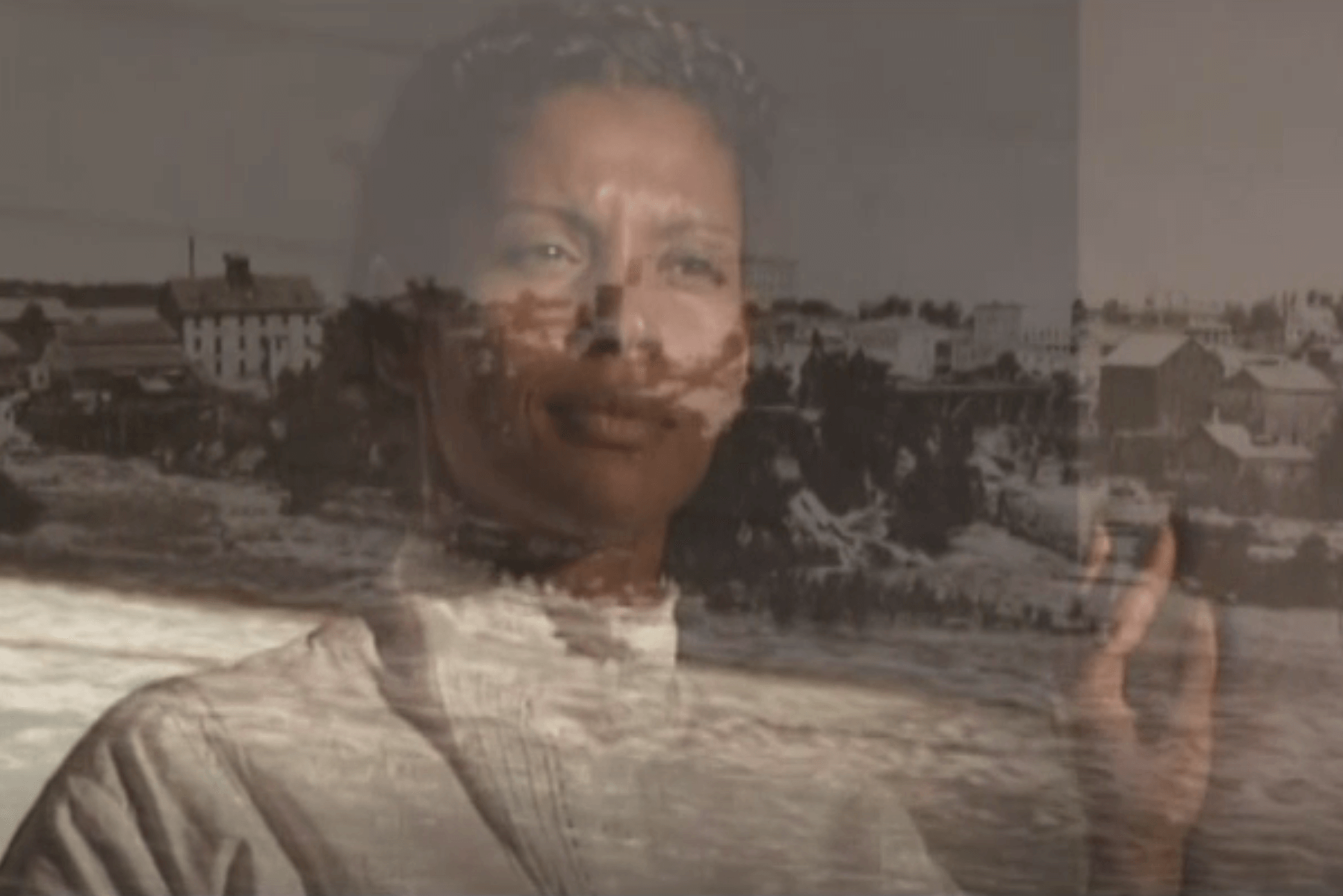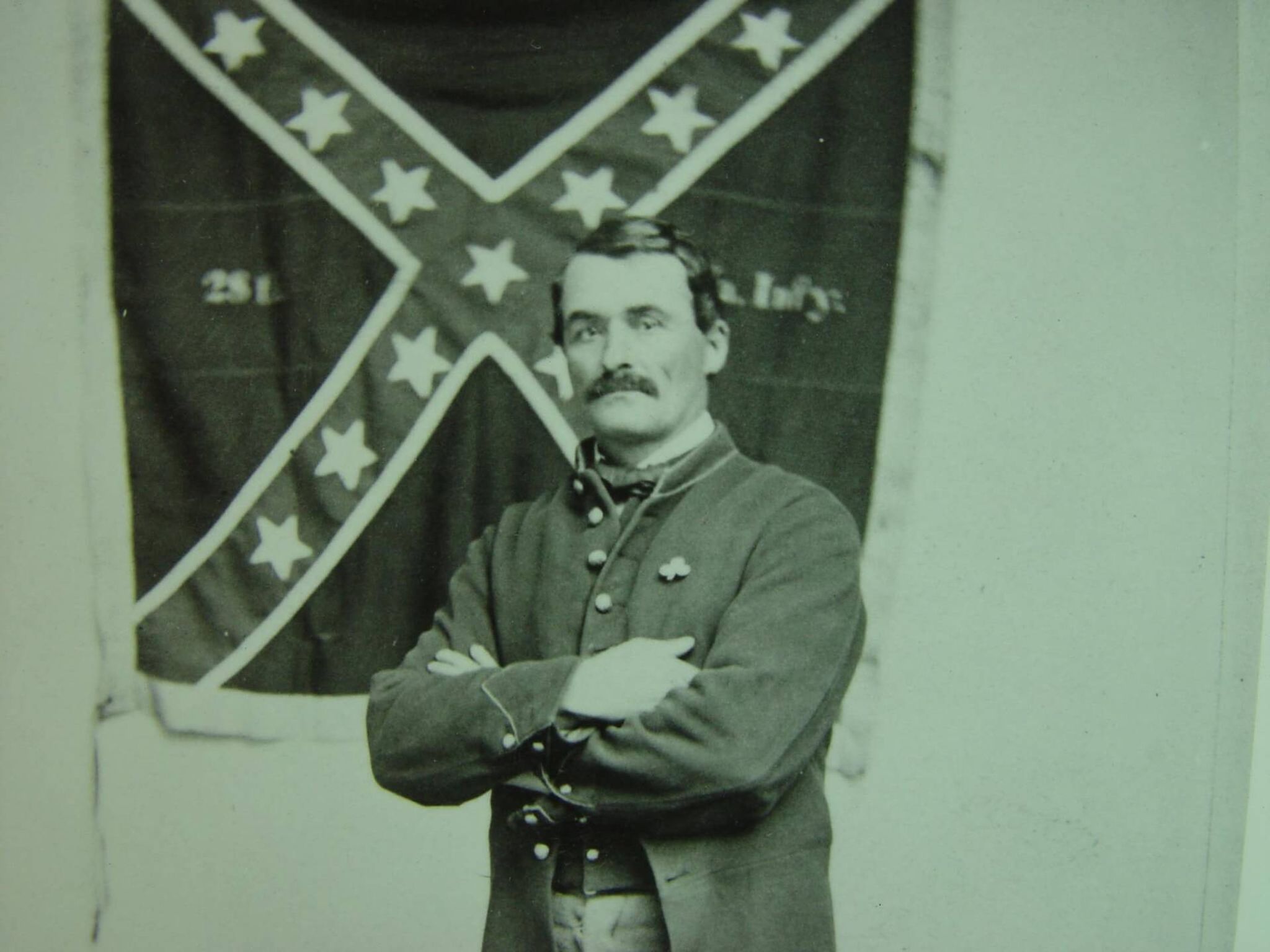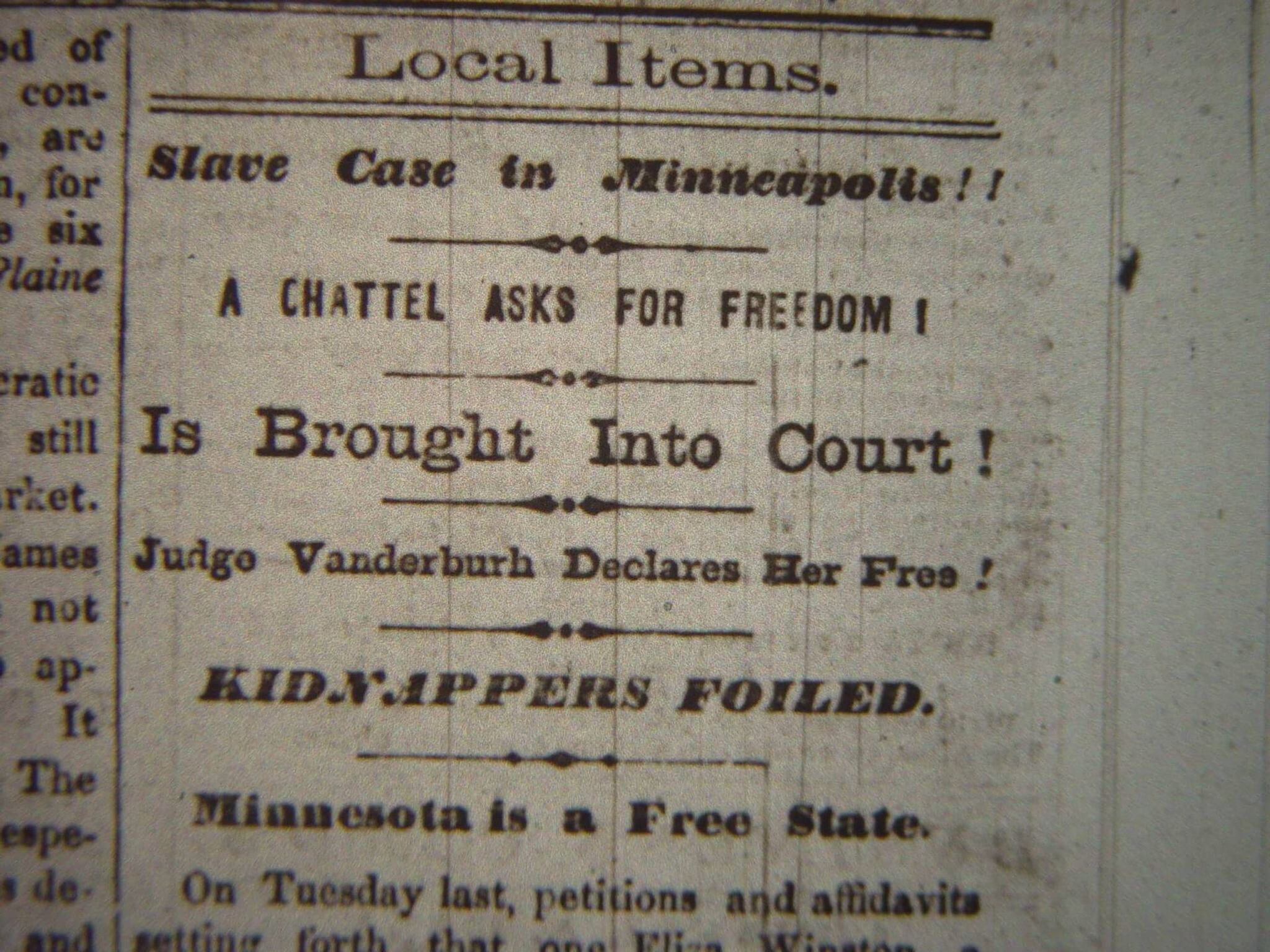Step into the complex history of Civil War-era Minnesota
Two historic artifacts speak to Minnesota’s political origin story.
Study Civil War-era history for any length of time and you start to realize that it's seldom as straightforward as some textbooks might have you believe. In North Star: Minnesota's Black Pioneers, two contradictions exist side-by-side - in the same film, the same state, at roughly the same time.
A Memoir and the Stars & Bars


Writer and pioneer Emily Goodridge Grey prepared remarks for an 1893 speech where she lovingly looked back three decades to the days when the territory was becoming the state. Thought to be the first essay penned by a Black pioneer during the territorial days, her lyrical reminiscence paints a picture of a young African-American mother, entrepreneur and Underground Railroad conductor falling in love with her new home on the Mississippi.
The confederate battle flag, on the other hand, represents the antithesis of Emily’s speech. It was, and in my opinion still is, an icon of a society built on owning other human beings. I hold that the stars and bars cannot be separated from succession, white supremacy and terror (sorry, Dukes of Hazzard fans.) However, when this particular flag was captured by a Minnesota soldier at Gettysburg, it took on new meaning. Its presence in the North represents a righteous defiance from the first state to offer troops to fight at the onset of the Civil War.
Both pieces of our past come together in this story set at the time shortly after statehood. In the late 1850s, Minnesotans fought over differing ideas about the new state's - and their country's - political and moral identities. Local progressives wrote about their fervent opposition to slavery in a version of the would-be state’s constitution, while others who valued profit and privilege over freedom for all penned an opposing state constitution that left out civil rights for African Americans.
The Battle for the Flag

When Marshall Sherman of the legendary 1 Minnesota captured the Virginia battle flag at Gettysburg and brought it back to the prairie, it became a symbol of sacrifice and service. In a poster from 1864, Sherman strikes an old timey Bboy stance with his keepsake. His arms-crossed attitude could be captioned with hip-hop declarations like "We don't stop" or "How you like me now?" Virginia lawmakers and others have regularly asked to have the flag returned, but Minnesota Governors, from Pawlenty to Ventura to Dayton, have firmly refused. It’s a reappropriation of the highest order, one that should give white Minnesotans descended from Civil War soldiers great pride. It should also be a blunt reminder that waving the stars and bars in the North Star State is a stunning, sad misunderstanding of our heritage and history that must set Private Sherman spinning in his grave at Soldier’s Rest in Saint Paul's Oakland Cemetery.
An Underground Railroad Conductor in MN
Emily’s reverie is a less incendiary statement, but no less important. Without her written words, history would simply regard her as Mrs. Ralph Grey, wife of an important businessman and activist. But because she jotted down her memories, we get a rare immersion into the daily life and inner musings of a Black pioneer.
In addition to the warm regard she offers her pioneer neighbors, faith communities and business associates, she also eludes to her abolitionist roots from out East. She helped a slave named Eliza Winston escape from her slave owner while vacationing in Minnesota - and her memoir is a brief, but illustrative artifact that gives Minnesota history meaning, contours and context. Together, these two elements of our past combine to the story from North Star: Minnesota's Black Pioneers called "On the Side of Freedom." Both Emily and Pvt. Sherman, I think, would hope that we remember our roots.


This story is made possible by the Arts and Cultural Heritage Fund and the citizens of Minnesota.
